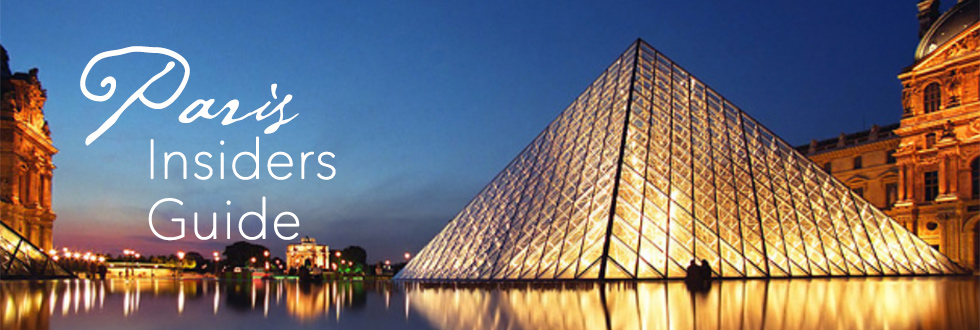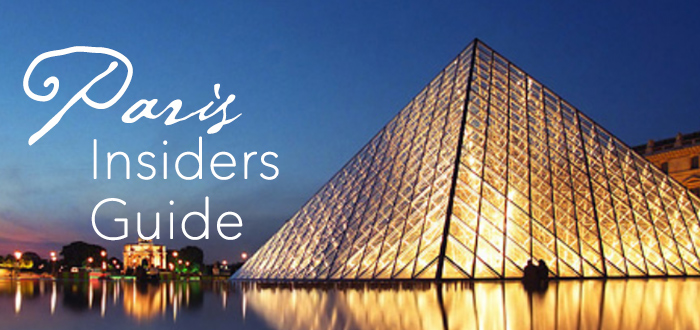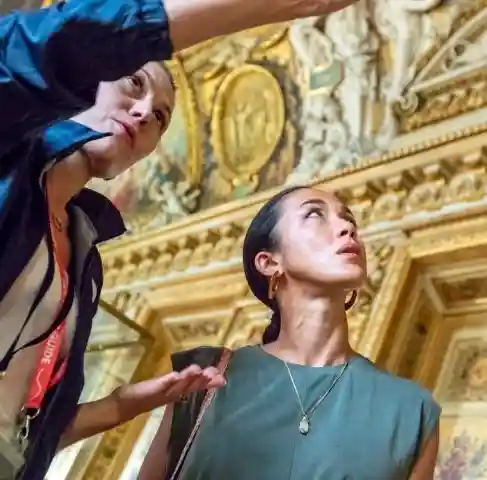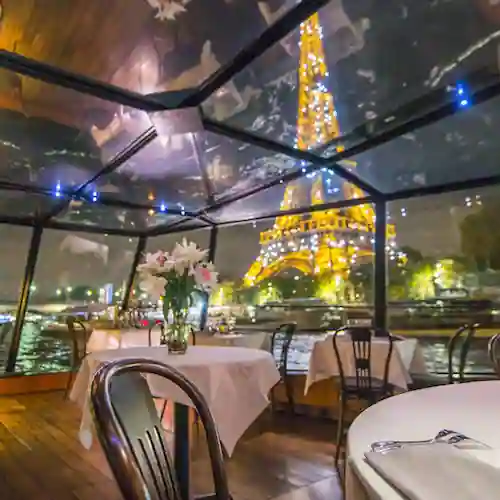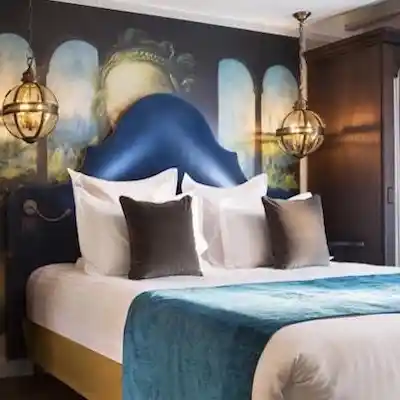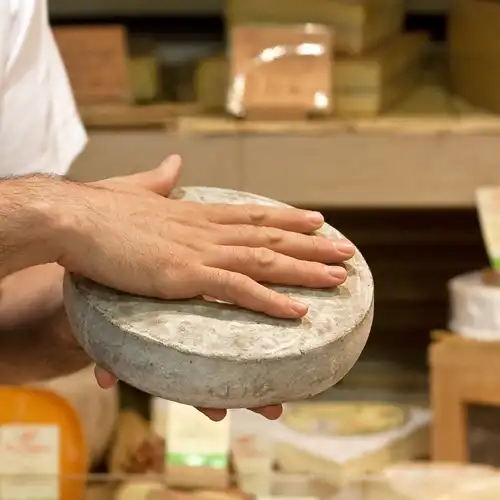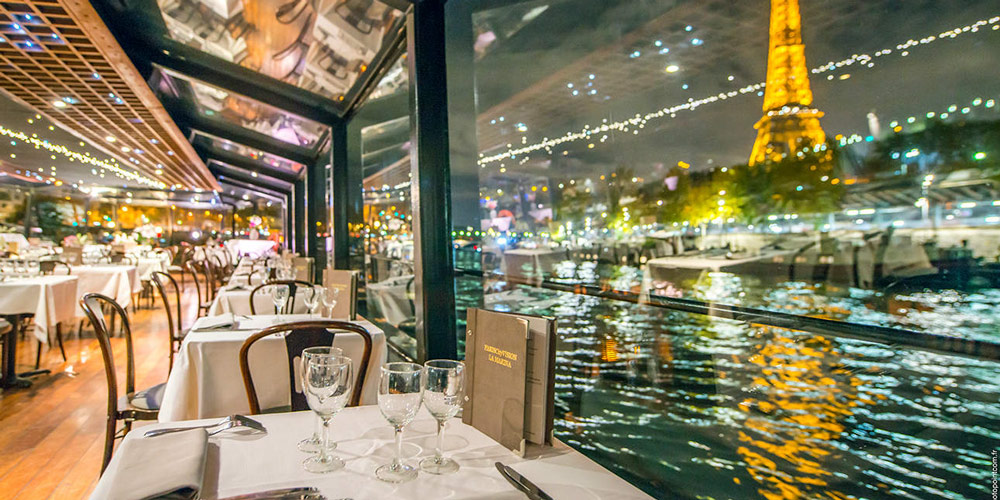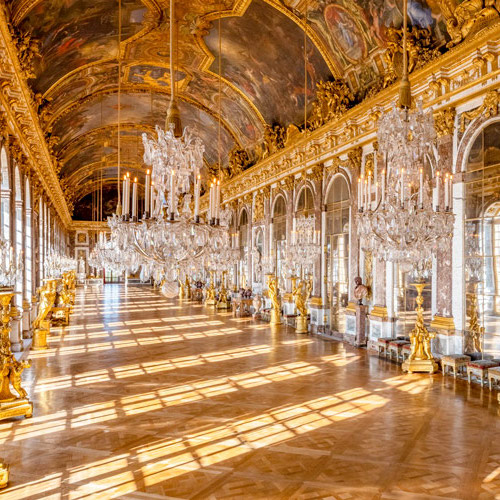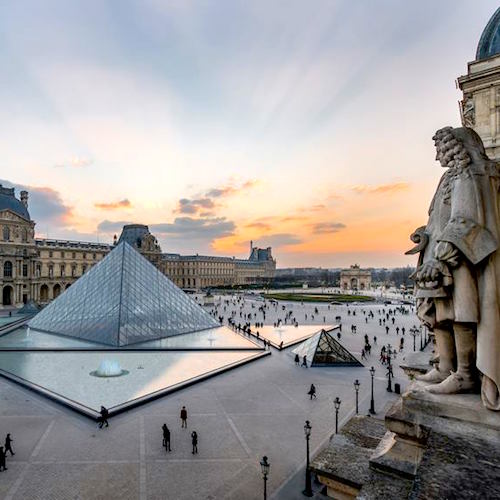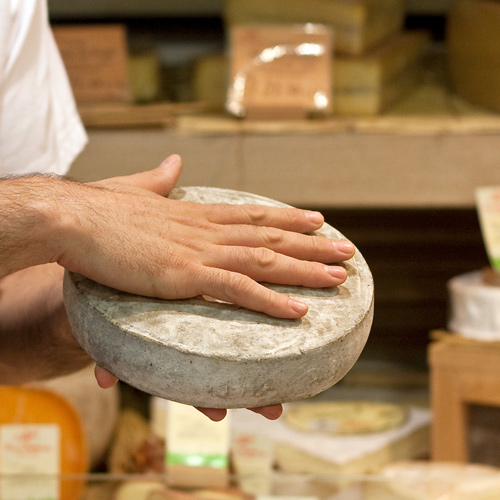The History of the Louvre, Part 3 – Napoleon To The Pyramid
The History of the Louvre, Part III
It's a long way — in time and in function — from a medieval fortress to an art museum visited by ten millions of people every year. So far in our review of its history, we've seen how the Louvre grew from just another part of the defenses of Paris, incorporated as part the 12th-century medieval walls, to a palace fit for a king.
![]()
Our Top-Rated Museum Tours in Paris
1. Louvre 2-Hour VIP Tour… This small-group option is the best experience
2. 3-Hour Louvre Semi-Private Tour… Feel like a VIP on a small group tour
3. Musée d'Orsay Impressionist Tour… The top-rated museum tour in Paris
4. The Paris Museum Pass… Free entry to over 60 museums and monuments
The Sun King Leaves the Louvre
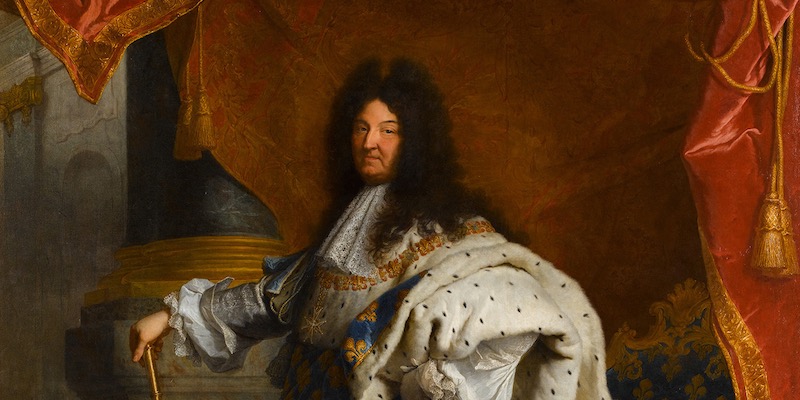 The Sun King himself
The Sun King himself
In the 17th century, just at the time when the Louvre was about to achieve a real magnificence as the most opulent royal palace in Europe, Louis XIV, the most opulent of French kings, decided to move the court and royal residence to Versailles, and that became his new focus. Over the next century the now-abandoned royal palace became a place for artists to train and a practice, and France's official art museum under the Revolutionary Assembly. Then along came a "little colonel" named Napoleon…
Musée Napoléon
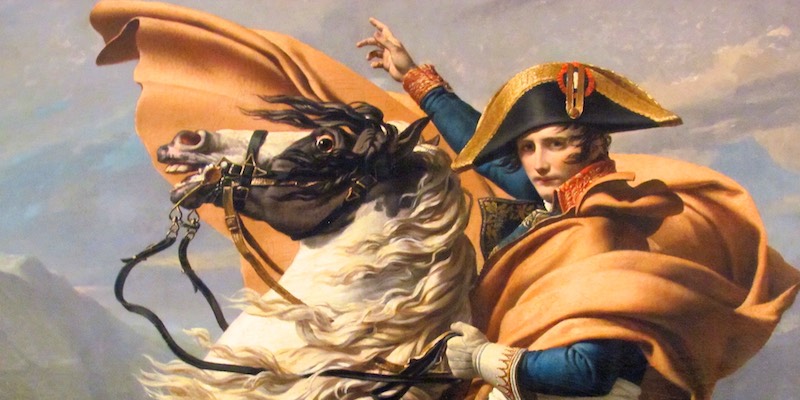 Napoleon, as painted by David
Napoleon, as painted by David
Napoleon (you knew we were going to get to him eventually, didn't you?) enriched the Louvre's collection with artwork he plundered during his military conquests across Europe. Most of these were returned after his downfall. (However, interestingly, the antiquities that Napoleon plundered in Egypt were seized by the British Army and most of them ended up in the collections of the British Museum.)
The museum was briefly renamed Musée Napoléon and the emperor began work on the Rue de Rivoli and the wing of the Louvre that extends westward along it.
Other transformations took place under Napoleon III — Bonaparte's nephew, who came to the throne around 1850 — including the completion of the Grand Design – connecting the north gallery of the Louvre to the Tuileries Palace to the west. Work was also done to the south gallery (along the Seine) to ensure symmetry in this now gigantic architectural complex. That work was only finally completed in about 1866, just in time for…
…The Paris Commune of 1871, when a radical clique took over the government of Paris and rioters set fire to the Tuileries Palace and parts of the Louvre (as well as the Hotel de Ville). The Louvre was later repaired, but the Tuileries Palace was demolished and never rebuilt. All that remains is the large garden built by Catherine de Medici.
![]()
The Left Bank Of Paris – Top Things To Do
|
Dinner & Cabaret at Paradis Latin Theater |
Chocolate & Pastry Walking Tour of Saint-Germain-des-Prés |
The Left Bank Of Paris
|
Dinner & Cabaret at Paradis Latin Theater |
World War II Artwork Removal
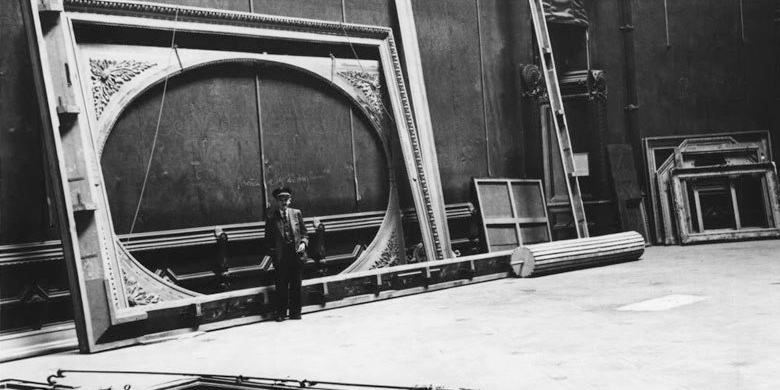
Plans for evacuating the works of art in the Louvre, in case of war, were drawn up as early as 1932. Finally, with tensions mounting in Europe, on September 27, 1938 the first two convoys of art left the Louvre Museum, transferring fifty works to Château de Chambord in the Loire Valley.
In August 1939 the transfers continued in earnest. Thousands of works were removed and sent to various safe locations within a day's drive of Paris. Over 200 trips were made and 5,446 cases were hauled away in trucks. By December of that year the museum was cleared of most works. The Nike of Samothrace and the Venus de Milo were sent to Château de Valençay, also in the Loire Valley.
![]()
|
Paris Dinner Cruises on the Seine Dine in style as you glide past the Eiffel Tower, Notre-Dame, and the Louvre on a magical Seine River cruise. Gourmet food, champagne, and Paris lit up at night – it’s unforgettable. |
|
Paris Dinner Cruises on the Seine Dine in style as you glide past the Eiffel Tower, Notre-Dame, and the Louvre on a magical Seine River cruise. Gourmet food, champagne, and Paris lit up at night – it’s unforgettable. |
The Nazi Occupation
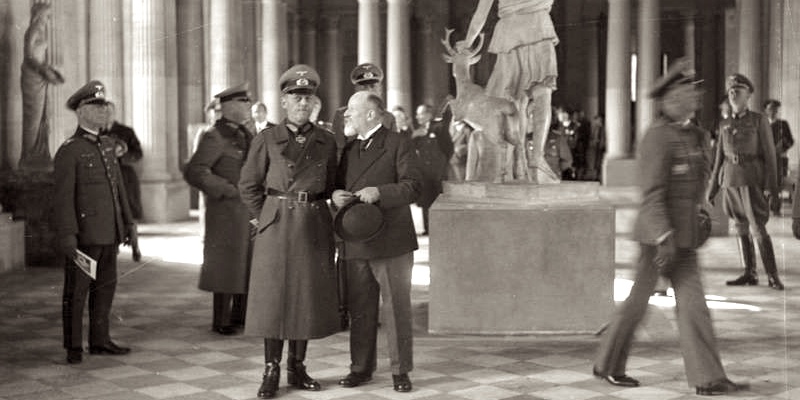 Nazi officials shopping at the Louvre
Nazi officials shopping at the Louvre
During the Nazi Occupation of Paris from 1940 to 1944, the Germans began a systematic looting of works from French museums and private collections, mainly those belonging to Jews who were deported or had fled. At the Louvre the only art the Nazis found when they arrived were pieces to heavy to be moved and those considered of little artistic value.
Even so, German soldiers flocked to the building and some of the looted art was displayed there for the Nazi brass to select. Hermann Göring visited and handpicked pieces for his private residence. During this period the Jeu de Paume (today a photography museum) at the other end of the Tuileries was used a a warehouse of stolen art selected by Nazi officials for transport to Germany.
In early 1945, following the Liberation of Paris and most of France, art began returning to the Louvre. Reversing the paths of the 1939 evacuations, almost all the masterpieces were restored to the museum, thanks to the work of the Commission for Art Recovery. (In all, more than 150,000 seized artworks were returned to France, though some remain missing to this day.)
![]()
|
Skip the long lines and dive into the Louvre’s greatest hits — the Mona Lisa, Venus de Milo, and more — on a guided tour that shows you the treasures without the museum overload. |
|
Skip the long lines and dive into the Louvre’s greatest hits — the Mona Lisa, Venus de Milo, and more — on a guided tour that shows you the treasures without the museum overload. |
The Louvre Pyramid + Another Major Renovation
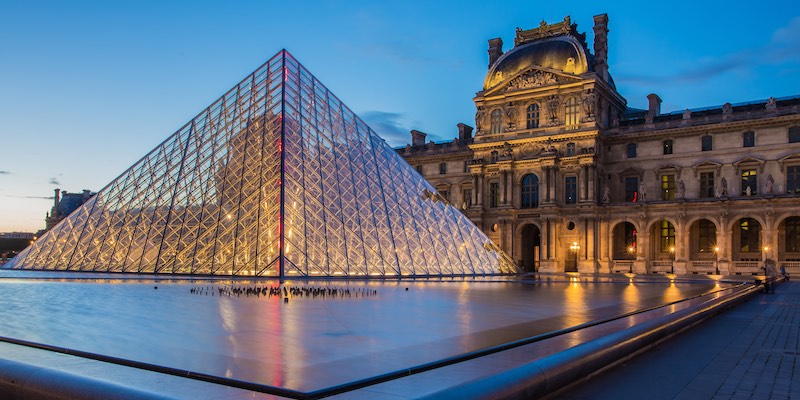
In the 1980s, during the first term of French President François Mitterrand, it was decided to restore the museum's Richelieu wing, where the Ministry of Finance was then located, and use it for an additional gallery. Until that time the main courtyard of the Louvre (Cour Napoléon) had been used as a parking lot for the government employees.
The final project ended up being much more extensive than restoring a wing and a courtyard. The massive works, under the direction of architect I.M. Pei, renovated large parts of the museum and considerably enlarged it. The now-famous but once controversial Louvre Pyramid was built to provide a new entrance to the museum and to transform the exterior.
There are always (and still) upgrades and renovations underway at the Louvre, but the museum we know, love, and visit in droves today is the one completed by Mitterrand and I.M. Pei.
History of the Louvre – The Pyramid
- NEXT UP, THE 21ST CENTURY — and the story of the Louvre Pyramid.
Paris Planning Guides
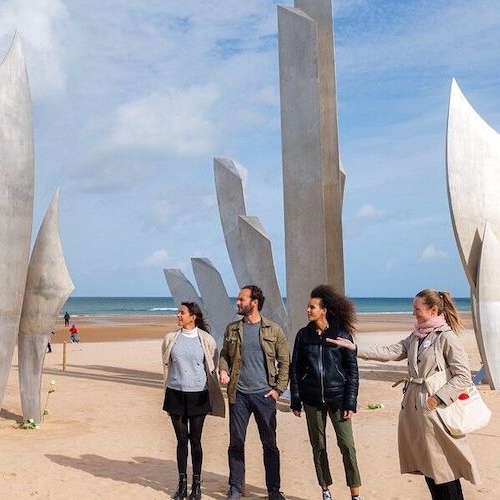 Historic D-Day Tours
Historic D-Day Tours |
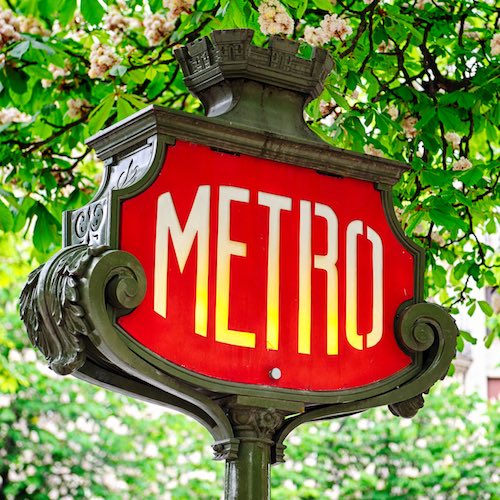 Paris Metro Guide
Paris Metro Guide |
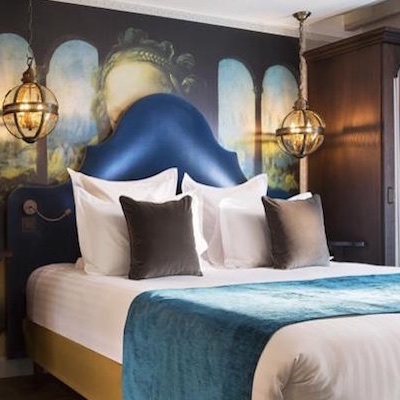 Left Bank Hotels
Left Bank Hotels |
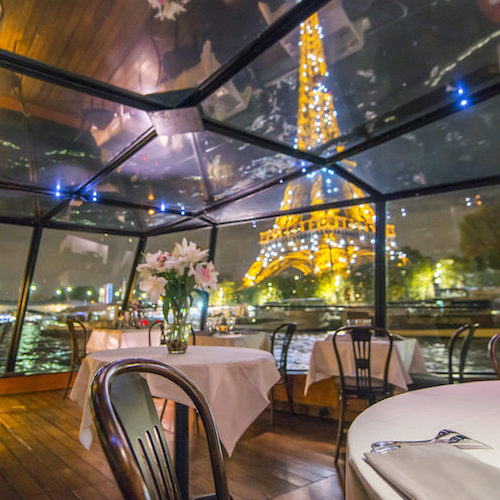 Glorious Dinner Cruises
Glorious Dinner Cruises |
